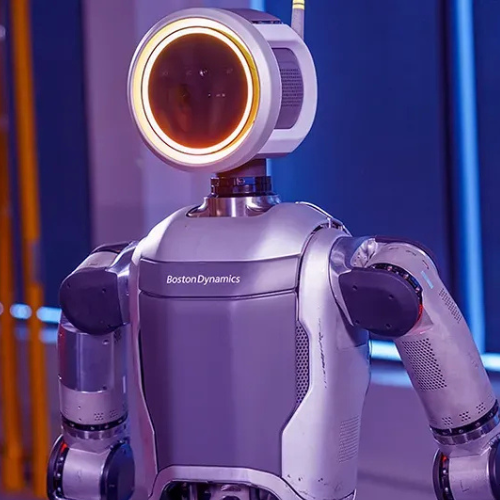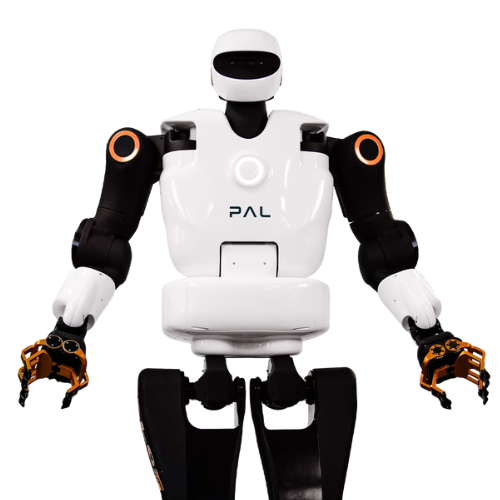Atlas
Atlas is a humanoid robot developed by Boston Dynamics, renowned for its advanced capabilities in mobility and manipulation. Atlas is intended to aid in environments where human intervention is challenging, such as disaster response and industrial settings. The new electric version is poised to expand into broader industrial applications, leveraging its enhanced capabilities and adaptability.
Initially unveiled in 2013, Atlas was designed primarily for search and rescue tasks with funding from DARPA. Over the years, it has evolved through several iterations, with the latest version being fully electric, announced in April 2024.
Key Features:
Design and Movement: Atlas is capable of dynamic motions, exceeding human capabilities in flexibility and range of motion. It can navigate rough terrain, climb independently, and perform complex tasks like backflips and cartwheels.
Sensors and Vision: Equipped with LiDAR, stereo vision, and RGB cameras, Atlas can perceive its environment accurately and manipulate objects with precision.
Applications: Originally focused on search and rescue, the new Atlas is designed for real-world industrial and logistics applications, leveraging its advanced mobility and manipulation capabilities.
Electric Actuation: The latest version replaces hydraulic actuators with all-electric ones, making it lighter, more compact, and stronger than its predecessors.
Technical Specifications:
Height: Previously reported as 5 feet (1.5 m) for earlier models.
Weight: Earlier models weighed around 190 pounds (85 kg).
Actuators: Now fully electric, replacing hydraulic actuators.
Sensors: Includes LiDAR and stereo vision for navigation and object manipulation.
Software: Custom software with integration capabilities for fleet management.

